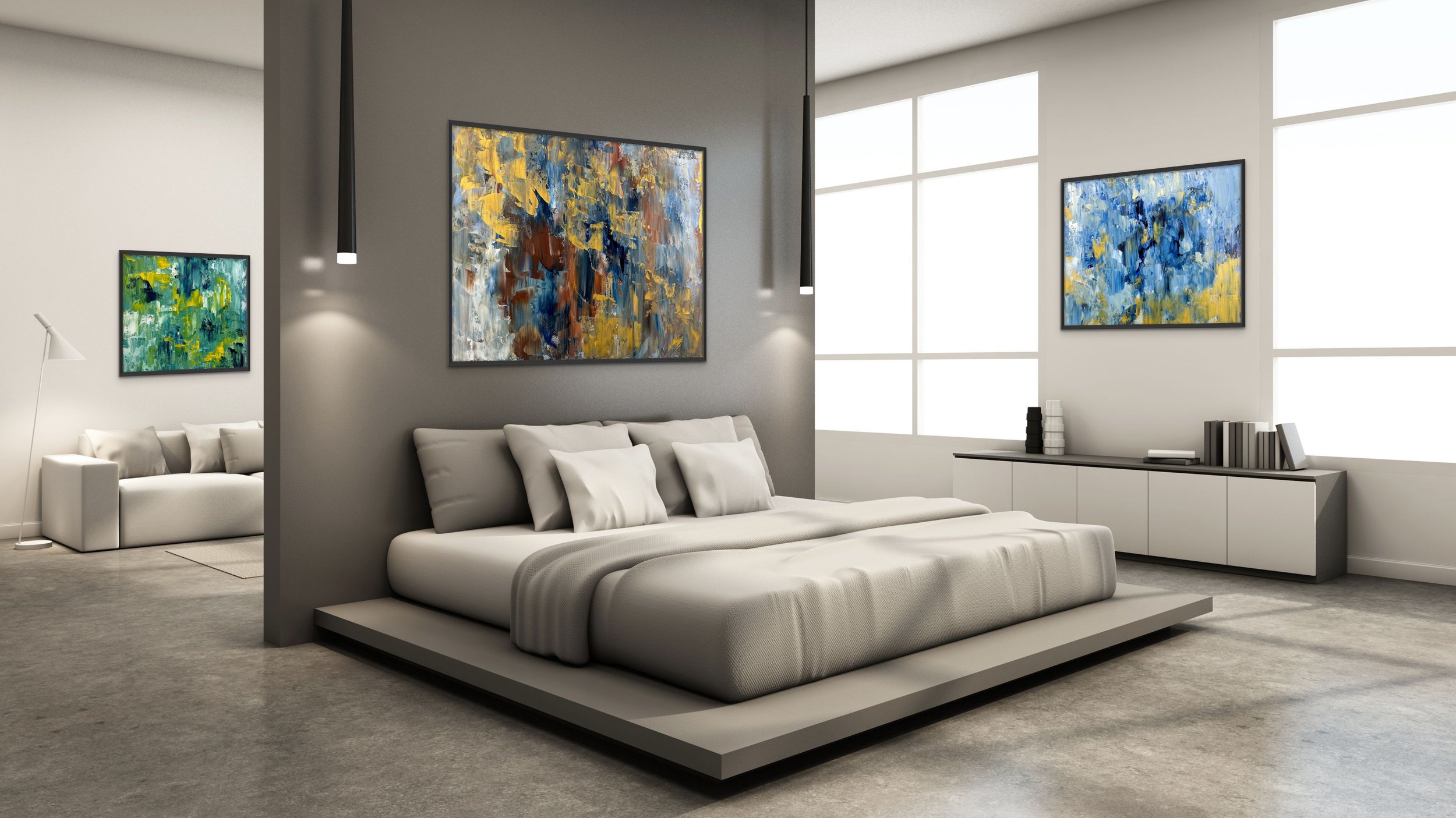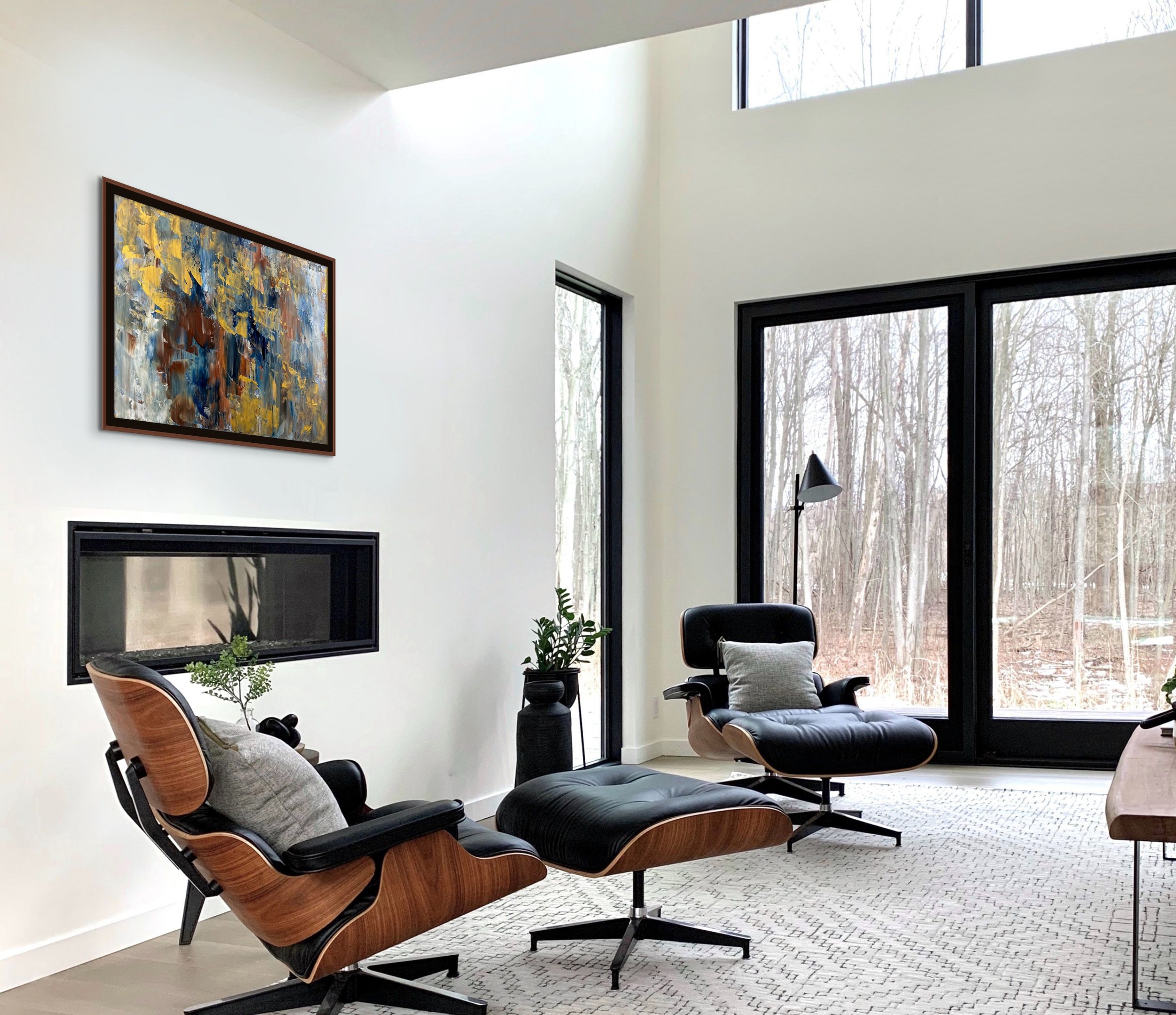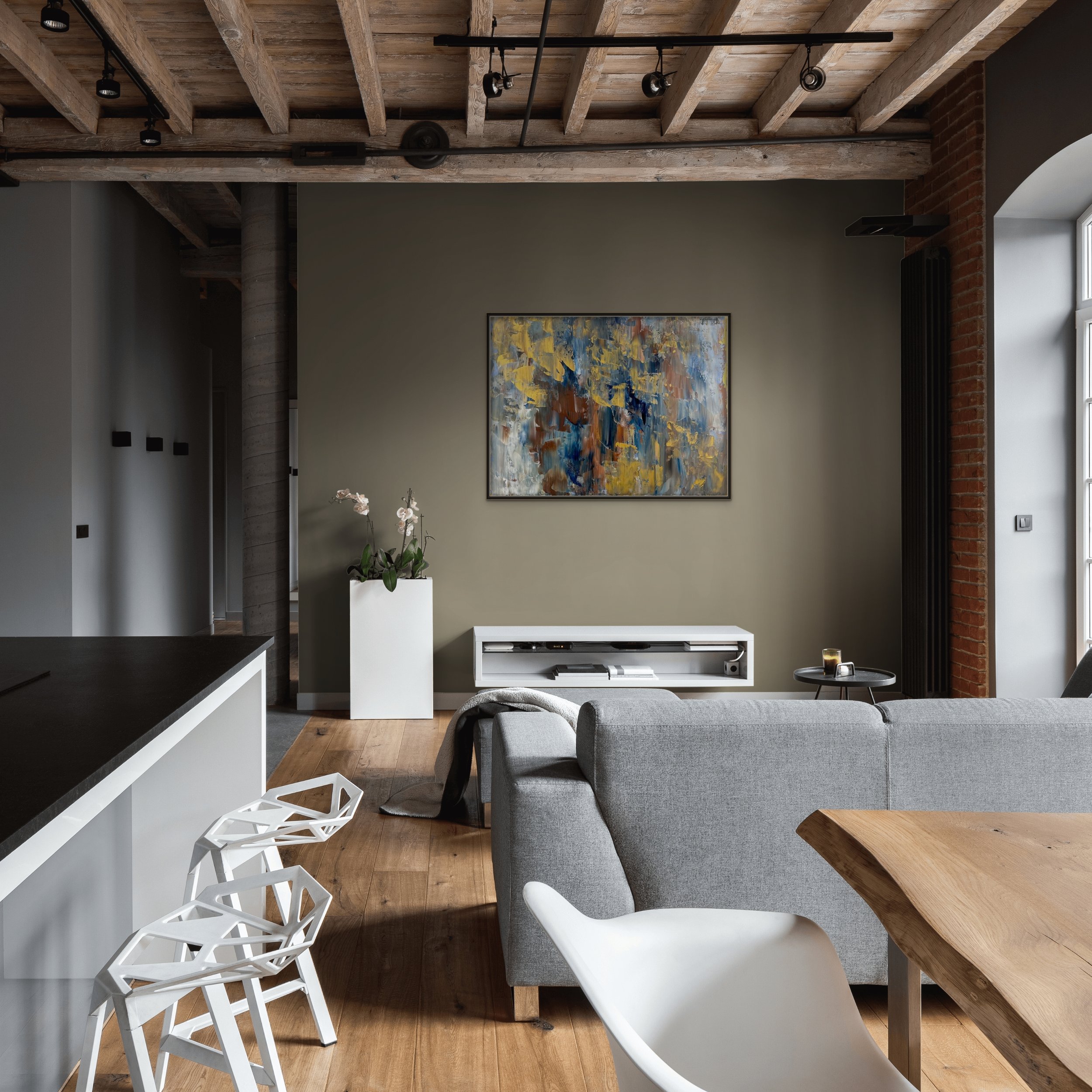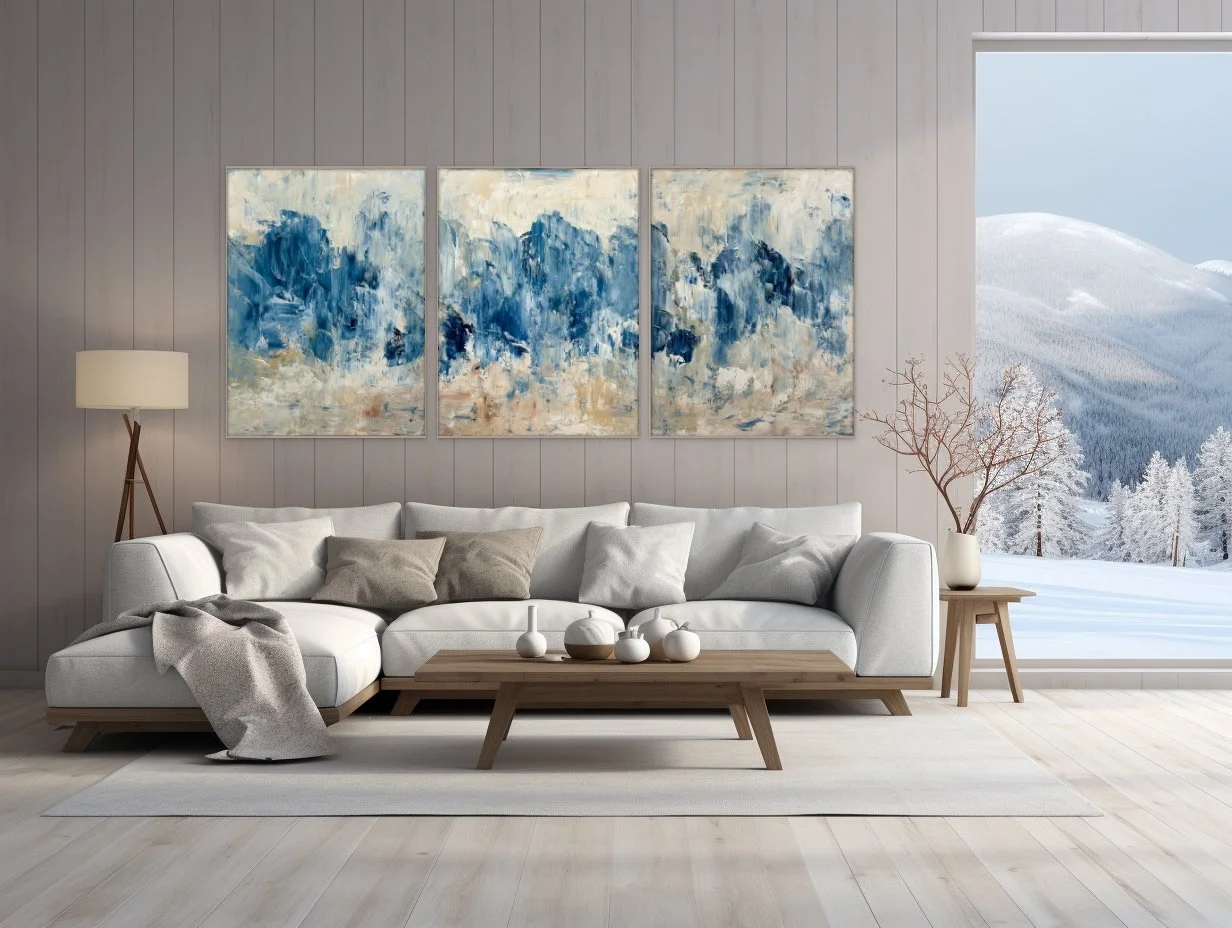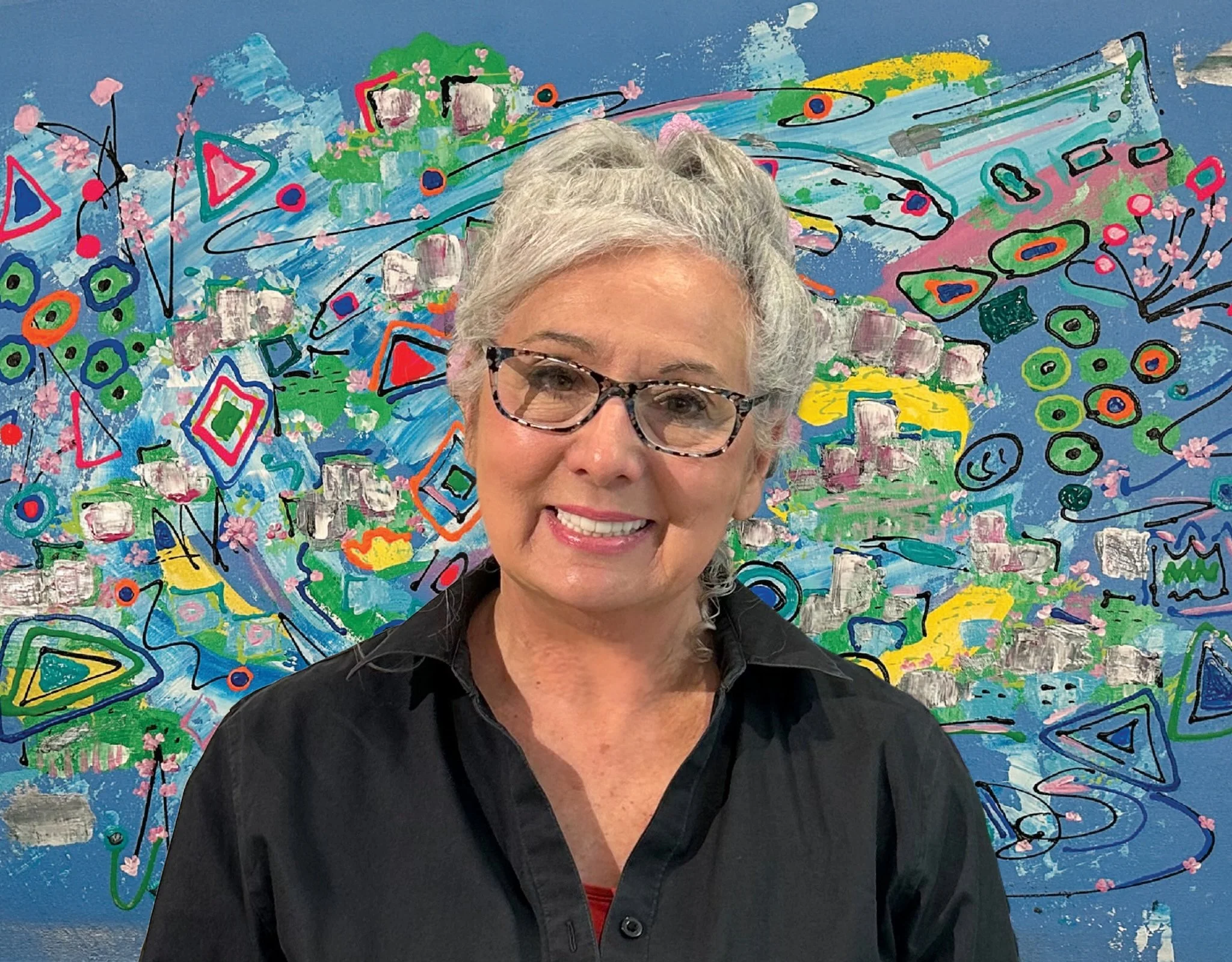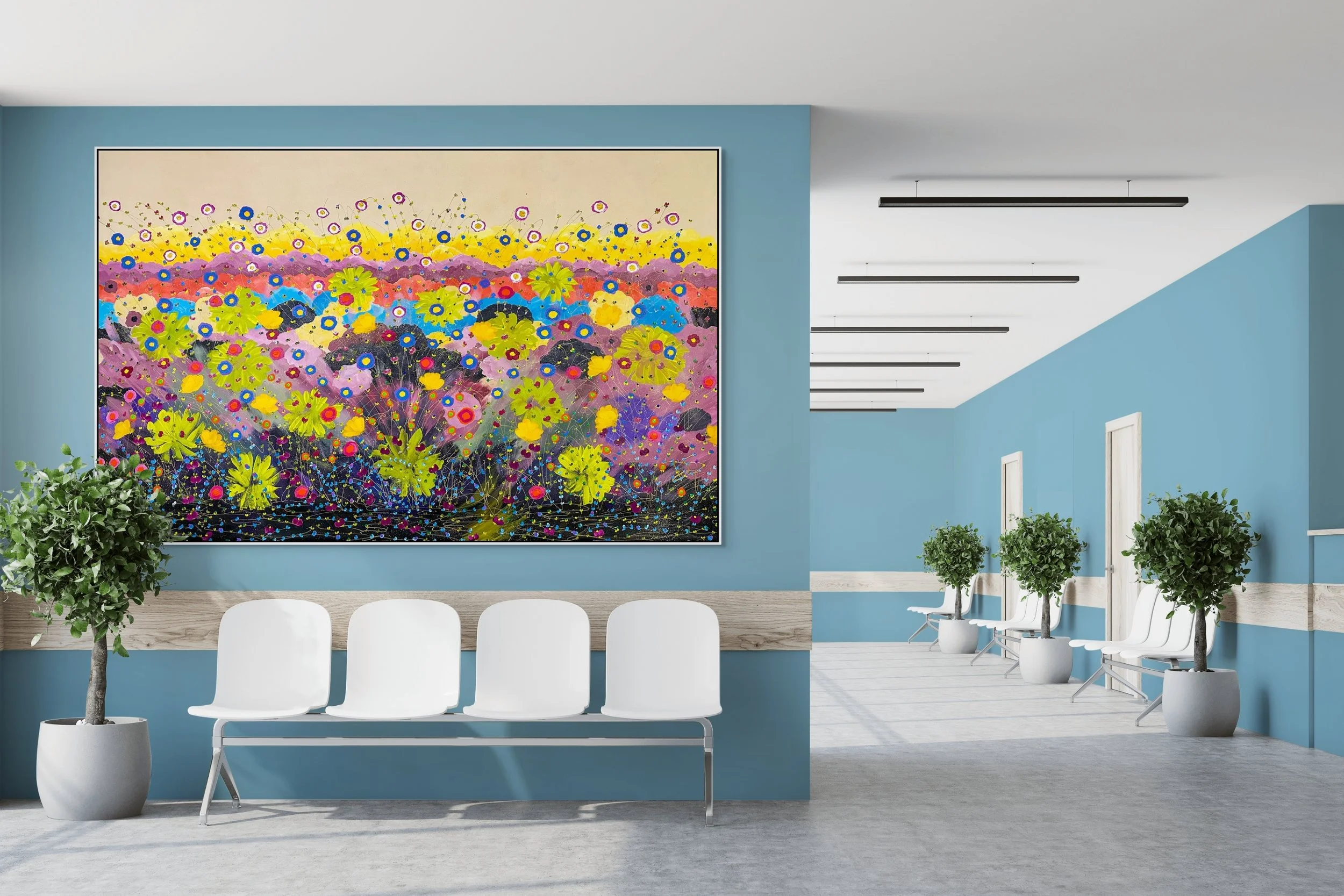Water, Healing, and Evidence-Based Design
Beautiful Dreamer by Dorothea Sandra, EDAC
I’m always looking for new ways to improve myself as an evidence-based design artist. To do this, I read lots of medical/scientific study articles, with many of them coming from The Center For Health Design.
According to a number of scientific studies, nature-based visual art and nature-based sounds can positively impact healing. One study even clearly showed that nature-based positive distractions can positively impact patient perception of pain.
In this blog, some of the information comes from my book, 100 Days of Happy Happy Art, Evidence-Based Design, which is about my artistic journey into the world of evidence-based design.
Water is one of the more important elements of nature. It has been a symbol of life, change, the unconscious, purification, flexibility, forgiveness, and more.
Cultures throughout time have had different meanings and interpretations for water. Native American tribes honored it. Ancient Greeks saw it as a symbol of power. In Taoism, water remains a symbol for virtue and the highest goodness.
In evidence-based art, compositions with water should evoke healing. “Calm water scenes are preferred, while gushing rapids or crashing ocean waves should be avoided. Even a trickling water fountain might create negative experiences for people with full bladders or nonfunctioning bladders.” (Distinctive Art Source, “Healthcare Art Bloopers,” 2013)
The Tempest by Dorothea Sandra (SOLD)
After seeing my evidence-based floral art, many people have a hard time seeing the real inner artist in me. I tell people—all the time—that I am much more of an abstract artist inside and that I just love painting abstract water-inspired scenes.
This goes back to my childhood art lessons. I was first trained as an artist at seven or eight years old, often right on the shores of the Atlantic Ocean in Rockport and Gloucester, Massachusetts. The two artists who trained me were trained by Roger William Curtis, a famous New England seascape artist and the director of the North Shore Arts Association for many years.
When I think of water and art, my first thoughts are often of the ocean waters I learned from, which I associate with primordial power and violent movement.
For evidence-based design art, however, I calm the water and make the composition happy.
In the video there are examples of this.
In November 2025, two abstract, water-inspired paintings were included in the international curation, “The Weather Inside Us,” curated by Nam NK, India and the United Arab Emirates. Both paintings, Power Rhythms and Beauty In Chaos, are abstract expressions of my experiences with ocean water. (Power Rhythms is for sale through Singulart.com, and Beauty In Chaos was sold to a new client the very first time I showed it publicly.) Both paintings express water but with more vigor and power.
Click on the image below to view the international curation.
Artistic And Scientific Merit Of A New Design
One of my absolute favorite water-inspired paintings was a 3-canvas composition I called JOYFUL TRIPTYCH.
At the time of its creation, I was EDAC (evidence-based design certified), and I was experimenting with creating an abstract work of water-inspired art that would also lead the brain to produce calming as well as pleasure/happiness chemicals.
I wanted water and movement (but not too much movement, which might trigger a bladder) and I wanted viewers to experience a sense of joy but also stability.
Up until this point in evidence-based design research, abstract art was frowned upon and discouraged. I wanted to see if I could create something that was in the abstract category but also acceptable (at least marginally) as evidence-based design.
Joyful Triptych by Dorothea Sandra, EDAC (SOLD)
Even though this triptych was water-inspired, it fit right in within a snowy mountain setting.
What I love about it is there’s beauty and drama (artistic merit) as well as (through color, palette knife movements, and evidence-based design knowledge) brain chemicals producing happiness and tranquility (scientific merit).
I am also very happy and honored to announce that I will be in amazing, beautiful, and fabulous Shanghai, China from the middle of February 2026 to the middle of May. I will be staying and painting at the Swatch Art Peace Hotel. If you are in this area during this time, please don't hesitate to visit with me.
I truly enjoy meeting new people!
Scientists, Researchers, And Art
I get told—all the time—how my art is beautiful and how happy it makes people feel. This is true, but there’s a deeper story here.
Hidden away from the public, and often in research labs and scientific facilities, are the many people who have dedicated themselves to the study of human health and happiness. They are doctors, researchers, scientists, and more, and I like to read their research results and then transition what I have read into a work of art.
I don’t mind taking credit for being a talented artist, but I never forget all the hours and days and years of intelligent scientific thought and methodology that went into the medical and scientific study results that I read and then use inside my art.
I also like to experiment. Here’s my latest painting using many evidence (research)-based design strategies and suggestions.
In evidence-based design and art, local scenery is often suggested. Instead of focusing on a snapshot of a local scene, I chose to take in an entire journey within a local area and represent it through art.
This painting was inspired by nature and a trip I took from Pasadena, California, along the super busy Foothill Freeway on my way into the desert area near Palm Springs.
To be exact, in Pasadena, I got on the 210 Foothill Freeway, with the thickly wooded and dark green San Bernardino Forest on my left. As the highway transitioned to US Interstate 10, it started raining, and suddenly, 10 lanes of headlights came on. It was bumper-to-bumper and stop-and-go traffic for a while, and then the rain stopped and the traffic eased up as I entered the California desert area. Still on Interstate 10, I could see Mt. San Jacinto and then the Santa Rosa and San Jacinto mountains in the distance.
In this painting, I chose the cheerful colors of yellow, muted pink, and orange to represent the mountains.
There is an abundance of sand in the desert, so I used Liquitex’s professional-level unbleached titanium/beige (with a touch of gold) color for the painting’s sky and background.
In evidence-based design, you don’t have to represent everything realistically: for example, you don't always have to create a blue sky.
Every two years, the Center for Health Design requires its certified members to take additional evidence-based design courses in order to recertify. This year, one of my selected CEU courses was The Changemaker-A Pioneer Connecting Art, Medicine, and the Advancement of Evidence-based Design. This course was about Dr. Henry Domke, a physician and photographer. For over 20 years, Dr. Domke practiced as a family physician, which gave him firsthand insight into the stress and anxiety experienced by patients and their families in medical facilities. His healing intent is to use art to create a "healing tone" that provides comfort, reduces stress, and offers positive distractions for patients, staff, and visitors.
Something he said in the video—and I agree with and use all the time in my art—is that an evidence-based design’s composition and focus should not be about the artist. When I paint, it’s not about my ego or my self-glorification. An evidence-based design composition should be created with the patient's needs in mind.
Happy Sustainable Melodies was created as a fun, almost whimsical work of art that reflects a local scenery adventure. With its bright, happy colors, playful stem arrangements, and splashes of green impressionist flowers, it’s also a happy distraction piece.
The brilliant blue color was used to represent a gap between leaving the 210 Foothill Freeway, with its deeper dark colors and thickly populated area, and entering the openness of the desert.
The darkness at the bottom of the painting represents beginning this artistic local scenery journey at the deep-colored and green San Bernardino Forest area. The many plant stems going in many winding and different directions reflect the lanes and lanes of traffic coming in and out, as I traveled on these highways. Midway in the painting, the various colors leading to the desert area show how the scenery transitions from one type of landscape to another.
For people/patients who know the area, this painting—in a fun and happy abstract/expressionism/impressionism style—reassures and comforts and recenters them by visually connecting them to their nature-filled and sustainable beautiful local scenery.
And most importantly, this painting never would have been created this way—at least not by me—without all the hard work and loving dedication of doctors, researchers, scientists, and more.
Did You Know This About Our Health And Art?
Did you know that some evidence-based designs and art are no longer categorized as just decorative? It’s the difference between designing for wall decoration to designing for health in a physical environment.
Did you know that some evidence-based designs and art are no longer categorized as just decorative?
Based on study after study, evidence-based designs and art have become part of the Environment Of Care.
“The Environment Of Care is the understanding that the experience someone has in a healthcare delivery system is a function of six components: physical environment, layout and operations systems, people, concept, and implementation.” (Integrating Evidence-Based Design, Practicing The Healthcare Design Process, The Center For Health Design)
Evidence-based designs are successful when they consider the entire Environment Of Care experience. It’s the difference between designing for just decoration (Wow! That color will look fabulous with this sofa!) to designing for health in a physical environment (Wow! That evidence-based design with those colors will look fabulous with this sofa AND they will benefit my health by meeting the guidelines of evidence-based design!).
A World Health Organization report, based on evidence from over 3,000 studies identified “prevention of illness” as a major role for the arts. What were some of the beneficial links between the arts and health?
The psychological benefits were enhanced self-efficacy, coping, and emotional regulation.
The physiological benefits included lower stress hormone responses, enhanced immune function, and higher cardiovascular reactivity.
The social benefits between arts and health showed reduced loneliness and isolation, enhanced social support, and improved social behaviors.
The behavioral benefits indication from these studies were increased exercise, an adoption of healthier behaviors, and skills development. (WHO, 2019 Report on Arts and Health)
Today, study after study shows benefit after benefit of evidence-based designs.
I am a member of The Society Of Experimental Artists and I like to experiment by taking credible scientific/medical study results and translating them into works of art. Although I have created quite a bit of art using the established evidence-based design principles and guidelines, not too much evidence-based design creation and analysis has been done with abstract art.
Here are some of my earliest experimentations into the world of evidence-based design and abstract art.
Mastering Life’s Complexities got sold to a gallery director the first day I had it on display at the gallery.
I love to donate art to raise money. Power And Gold I donated to a Crooked Tree Arts Center fundraising event in beautiful Bay Harbor, Michigan.
Power In Action is a painting I just love to have around. The colors are so deeply amazing and they move. I put it for sale on my website (https://thewonderfulworldofdorotheasandraart.com), but I haven’t turned it over to any gallery. I think I’m hoping it never sells. LOL!
With all three of these paintings, I was going after strong (at least by evidence-based design standards) POWER AND MOVEMENT WITHOUT CAUSING ANY STRESS.
